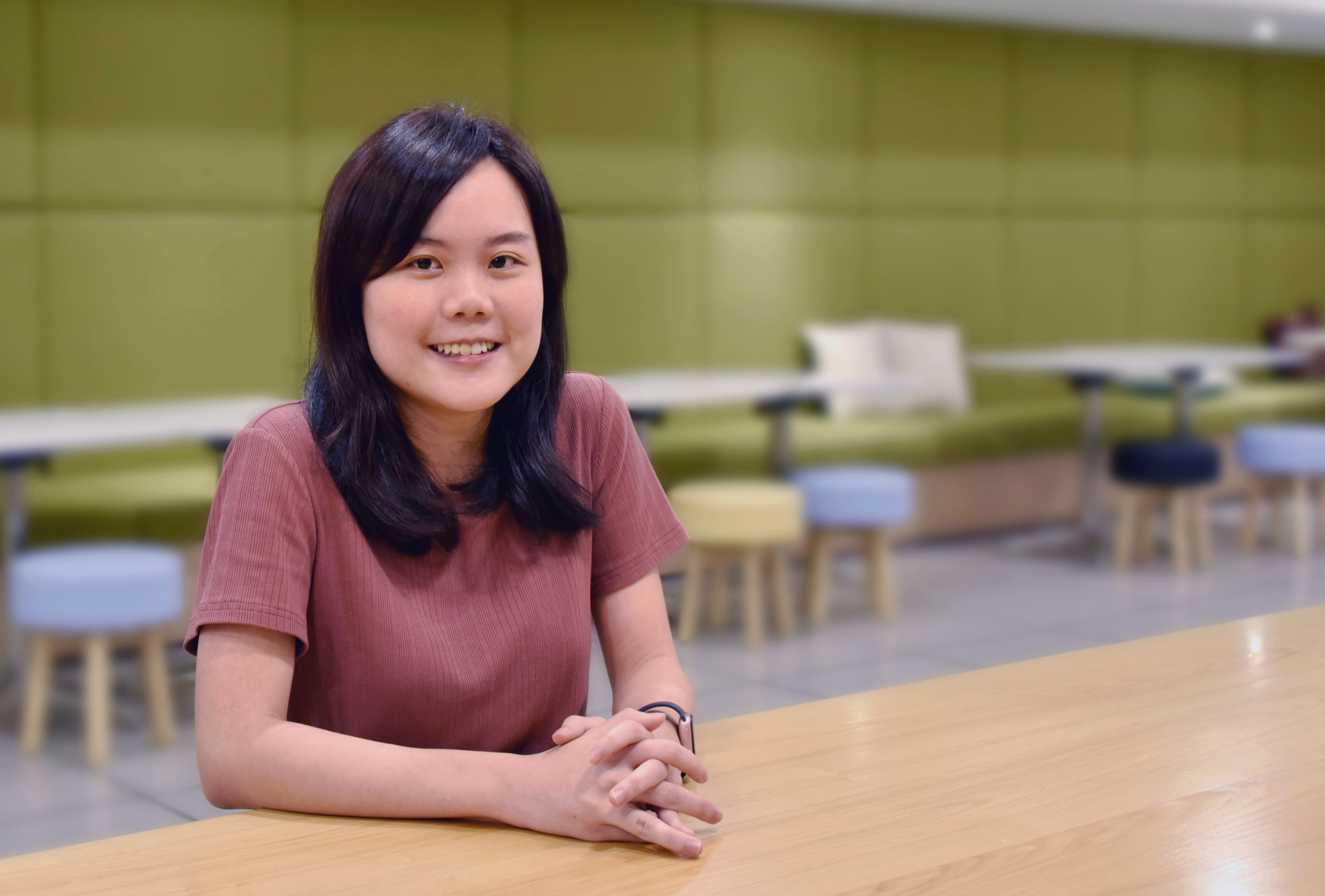19 Aug 2021
Fusing smart tech into digital solutions and defending critical systems may sound like a tough job. But to our cyber engineer Lee Min Yi, those are what keep her work challenging and fulfilling. We caught up with her to find out more.

Tell us more about you!
I am a Senior Engineer in DSTA’s Cybersecurity Programme Centre – specifically, the cyber development team. My job scope revolves around planning, designing and developing cybersecurity solutions that are relevant to the defence industry.
My colleagues and I work closely with the defence community and the Public Service to safeguard our cyberspace. We also help to secure and protect the SAF’s assets, weapons and networks against cyberattacks, thus fortifying Singapore’s defence.
What got you interested in this sector?
My interest in cybersecurity started when I took a cybersecurity elective course in university. Although that was just an introductory course, it drew me to the domain and made me more aware of how our online activities needed to be protected securely. So I brushed up my knowledge in this area, and worked my way to becoming a cybersecurity engineer!
In recent years, we have seen a lot of growth in the area, so it is really exciting to be part of this emerging sector. I believe that there are even more potential developments to discover, and I look forward to being part of the tech evolutions!
What’s a typical work day like for you?
Every day is different. I could be brainstorming, discussing and planning new developments or roadmaps with my team one day, then coding solutions the next. But I’m always working together with my colleagues to adopt and implement new technologies such as artificial intelligence (AI) and data analytics into our daily work, and solutioning secure applications to strengthen our cyberspace.
What’s one career highlight?
Working in the defence sector comes with its own set of challenges and problems, because we need to deliver key capabilities that give the SAF a unique edge. We cannot simply leverage commercial technologies; we have to put in a lot of effort to adapt or develop technology that best suits our SAF’s requirements.
For example, I was part of the DSTA team which led the development of the Cyber Security Operations Centre 2.0 (Cyber SOC 2.0), a major cybersecurity development that has enhanced MINDEF’s and the SAF’s ability to monitor, detect, analyse and respond to cyber incidents. Given that threats are evolving constantly, the team designed Cyber SOC 2.0 with AI and machine learning techniques, which allow the system to learn and adapt constantly. To make sure that new capabilities can be added to the system easily, we designed and built it on a modular architecture. We also designed a Command and Control dashboard that allows operators to map out cyber incidents, building up visualisation capabilities for Cyber SOC 2.0.
What is one memorable moment you’ve experienced?
I’ve had many good memories over the years. One of them was when I was part of the organising team behind the inaugural edition of DSTA’s digital tech learning festival in 2019 for over 1,500 students. Called BrainHack, the event combined hands-on training and team competitions on cybersecurity and AI with an interactive technology showcase. That called for various DSTA teams to work together very closely, and I felt that our strong camaraderie and teamwork played a big part in organising such a worthwhile and meaningful event.
It was also wonderful to get the chance to spark students’ interest in technology, and show them how technology can be applied innovatively for our defence.
What motivates you at work?
There are so many things! For one, seeing that the solutions we develop are well adopted, and have complemented or enhanced the security of Singapore keeps me motivated.
I also have a bunch of supportive colleagues whom I’ve grown close to. They help me stay grounded, and our teamwork definitely makes work more enjoyable.
DSTA also gives me many opportunities to upgrade my skillsets, which has pushed me to grow and be able to contribute even more meaningfully.
Why DSTA?
I got to know about DSTA and defence engineering at a career fair during my university years. I remember chatting with a DSTA engineer who shared about his work, career progression and the range of technologies that defence engineers dive into. I was intrigued by the unique career prospects and felt that there were plenty of interesting opportunities for a tech and science-oriented person like myself.
Besides being interested in cybersecurity, I wanted to find a meaningful job. It wasn’t just about developing solutions to secure our cyberspace, but about doing that and contributing to our nation’s defence and security at the same time.
How did you join DSTA?
Once I’d decided that I wanted to pursue cybersecurity as a life-long career, I took up an internship with DSTA while I was an undergrad. My internship experience was particularly fulfilling because I was trusted with many opportunities to develop machine learning models for cybersecurity applications in defence. On top of the invaluable exposure to advanced technologies, I also found that the learning environment here was very engaging, and filled with passionate mentors whom I could seek guidance from.
My internship experience taught me about the defence technology industry and gave me a deeper understanding of DSTA’s role in bridging defence and cybersecurity. You could say it convinced me to continue my journey to become a cyber defence engineer!
I really encourage students to take up our DSTA internship to fully experience what this industry can offer.
